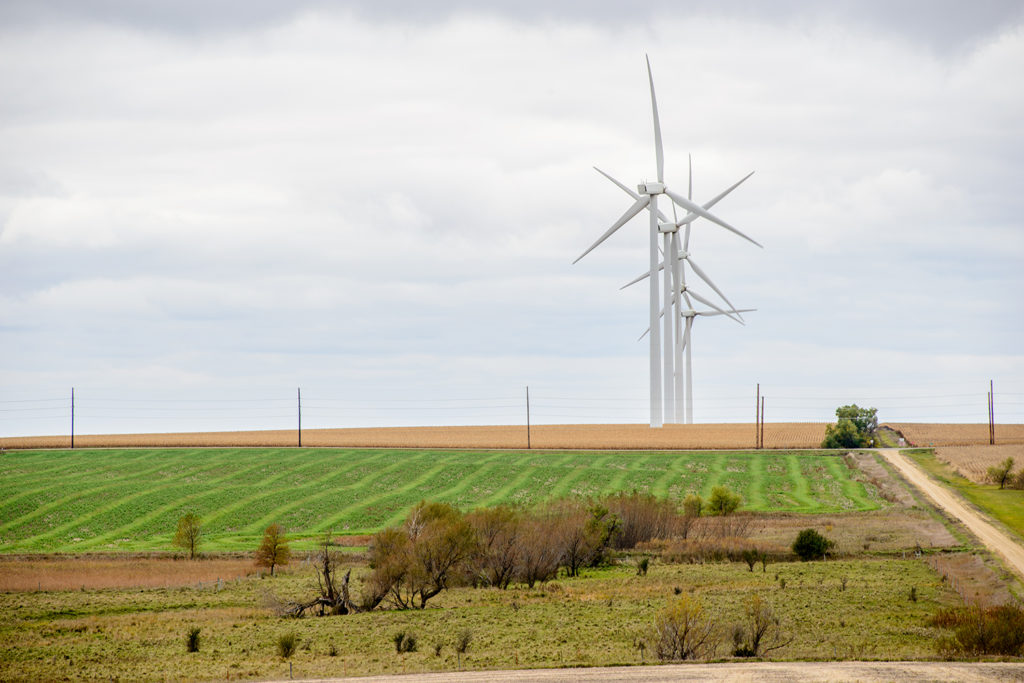
Great River Energy said it will test an emerging battery technology that could revolutionize the field of grid-level energy storage by providing up to six days of continuous electricity.
The Maple Grove, Minnesota-based generation and transmission co-op will be the first utility to deploy Form Energy’s novel “aqueous air battery” system.
“If successful, this technology could provide an economically viable option for co-ops and other electric utilities that wish to increase their share of renewable energy on their systems while not sacrificing reliability,” said Jan Ahlen, NRECA energy solutions director.
“Lithium-ion batteries can provide significant grid value, but long-duration energy storage, such as Form Energy’s aqueous air technology, will be critical as states, communities and utilities set ambitious net-zero carbon targets.”
The 1-megawatt grid-connected battery with 150 megawatt-hours of continuous energy capability will be completed by 2023 at the site of Great River Energy’s peaking power plant in Cambridge, Minnesota.
“We are thrilled to have Great River Energy as the first strategic utility partner to deploy Form’s first bi-directional power plant,” said Ted Wiley, president of Form Energy. “Their forward-leaning and innovative approach to their grid transition makes them a perfect partner.”
Form Energy, an energy storage developer established in 2017 in Somerville, Massachusetts, said it has raised $50 million and is backed by investors Eni Next LLC, MIT’s The Engine, Breakthrough Energy Ventures, Prelude Ventures, Capricorn Investment Group and Macquarie Capital.
“Our vision at Form Energy is to unlock the power of renewable energy to transform the grid with our proprietary long-duration storage. This project represents a bold step toward proving that vision of an affordable, renewable future is possible without sacrificing reliability,” said Mateo Jaramillo, CEO of Form Energy.
Jon Brekke, Great River Energy vice president and chief power supply officer, said he believes the greatest potential benefit of this battery system will be demonstrating that co-ops can operate “grid-scale technology that allows us to transform the energy grid while maintaining the reliability and affordability of energy.”
The growing necessity for energy storage was underscored last winter when a polar vortex with temperatures low enough to inflict frostbite within 10 minutes gripped Great River Energy’s service territory for three days. Prices in the wholesale electricity market reached $160 per MWh during that time.
“During the polar vortex in 2019, we experienced temperatures averaging 25 degrees below zero Fahrenheit for a 48-hour period. A four-hour lithium-ion battery would have done very little to help maintain the reliability of the electric grid,” Brekke said.
“A 150-hour battery would make a big difference in an event like that. It would have made a difference even if the polar vortex lasted a few more days.”
At utility-scale, the Form Energy battery also could save a lot of money, Brekke added.
“This system will be a fraction of the cost of lithium-ion battery on a cost-per-MWh basis,” he said.
That is significant as many electric co-ops diversify their portfolios with more renewable energy resources. Wind and solar power could work more efficiently with energy storage as a backup.
Great River Energy is committed to powering its 28 member-owner distribution co-ops with 50% renewable energy by 2030. This year, 30% of the energy it provides will be renewable.
“When we look at the transition of the electric grid and the addition of more and more renewable energy, we believe long-duration storage will retain reliability and fill the gaps in wind and solar production that would otherwise require starting up another power plant,” said Brekke.
Cathy Cash is a staff writer at NRECA.